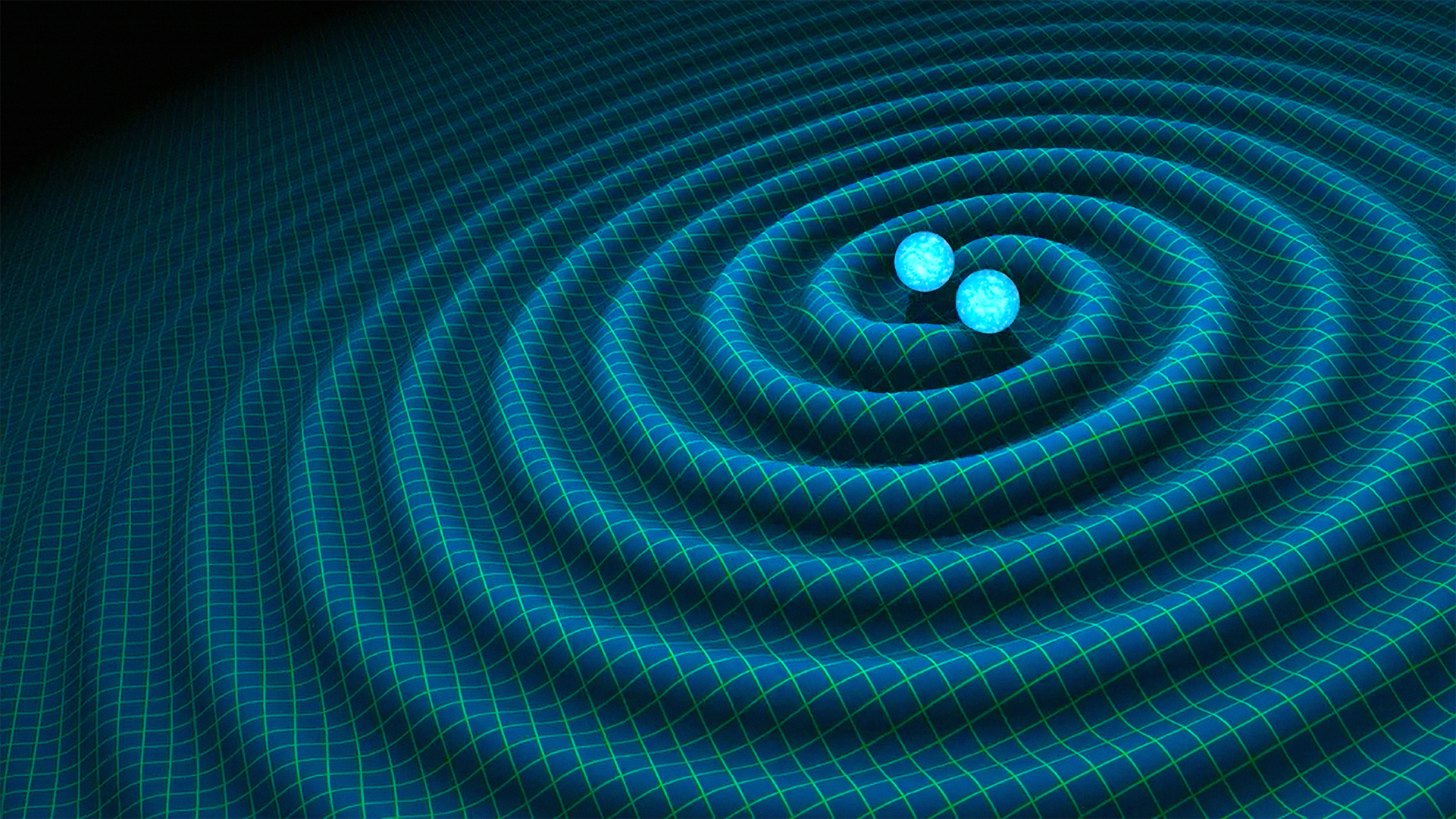Rocket Lab launched two satellites to orbit Wednesday night (Dec. 8).
A Rocket Lab Electron launcher carrying two commercial Earth observation spacecraft lifted off from the company's New Zealand site at 7:02 p.m. EST (1:02 p.m. Dec. 9 local New Zealand time, or 0002 Dec. 9 GMT).
"And away we go! Our 23rd Electron launch vehicle is off the pad and on the way to space for this mission and progressing well on its journey to low Earth orbit," Rocket Lab communications advisor Murielle Baker said during a live webcast of the launch.
Related: Rocket Lab and its Electron booster (photos)

The mission, which Rocket Lab calls "A Data With Destiny," lofted the 11th and 12th "Gen-2" satellites for a constellation operated by the company BlackSky.
"BlackSky combines high-resolution images captured by its constellation of microsatellites with its proprietary Spectra AI software platform to deliver analytics and insights to government customers and industries including transportation, infrastructure, land use and supply chain management," Rocket Lab wrote in a mission press kit, which you can find here.
If all goes according to plan, the two BlackSky satellites will be deployed about 270 miles (430 kilometers) above Earth by one hour after liftoff.
Get the Space.com Newsletter
Breaking space news, the latest updates on rocket launches, skywatching events and more!
"A Data With Destiny" is Rocket Lab's sixth Electron launch of 2021 and the 23rd overall for the 59-foot-tall (18 meters) rocket, which gives small satellites dedicated rides to space.
The most recent Electron mission, which launched on Nov. 17, also lofted two BlackSky Gen-2 satellites. During that successful flight, Rocket Lab recovered the Electron's first stage, which came down for a controlled, parachute-aided splashdown in the Pacific Ocean shortly after liftoff.
The recovery work is part of Rocket Lab's quest to make the Electron's first stage reusable, a modification that the company says will boost launch rates and save money for it and its customers. The ultimate reuse plan calls for a helicopter to snatch falling boosters out of the sky, and Rocket Lab took a big step toward that goal with the Nov. 17 launch, using a chopper to track the descending stage and practice the communications that would be employed during a catch attempt.
There will be no recovery attempt during "A Data With Destiny," Rocket Lab representatives said.
"A Data With Destiny" was the third liftoff Rocket Lab has performed under a multi-launch deal it signed with BlackSky earlier this year. The first contracted mission, which launched on May 15, failed to deliver two Gen-2 satellites to orbit; the Electron suffered an anomaly in its upper stage engine igniter system and both spacecraft were lost (though the booster's first stage did perform a soft splashdown as planned and was recovered).
The Nov. 17 mission, called "Love At First Insight," successfully delivered the two satellites to the desired orbit.
Mike Wall is the author of "Out There" (Grand Central Publishing, 2018; illustrated by Karl Tate), a book about the search for alien life. Follow him on Twitter @michaeldwall. Follow us on Twitter @Spacedotcom or on Facebook.
Join our Space Forums to keep talking space on the latest missions, night sky and more! And if you have a news tip, correction or comment, let us know at: community@space.com.

Michael Wall is a Senior Space Writer with Space.com and joined the team in 2010. He primarily covers exoplanets, spaceflight and military space, but has been known to dabble in the space art beat. His book about the search for alien life, "Out There," was published on Nov. 13, 2018. Before becoming a science writer, Michael worked as a herpetologist and wildlife biologist. He has a Ph.D. in evolutionary biology from the University of Sydney, Australia, a bachelor's degree from the University of Arizona, and a graduate certificate in science writing from the University of California, Santa Cruz. To find out what his latest project is, you can follow Michael on Twitter.
